The number of electric vehicle (EV) public charge points in Scotland is growing steadily but there are fears that expansion will not keep up with massive demand.
Eye-watering amounts of money will have to be invested in charging facilities north of the border in the years ahead to keep the expected surge in numbers of electric cars on the road.
Scotland may need more than 10 times the current number of EV public chargers to meet demand from motorists.
But proposals for more chargers announced by the Scottish Government earlier this year are much more modest.
The public network needs to connect our rural and urban communities – supporting households, businesses and visitors across our regions and growing a prosperous, green economy and a cohesive, fair society.”
– Michael Matheson, cabinet secretary for net-zero, energy and transport.
There could be up to a million EVs north of the border by the end of this decade, and the existing stock of public chargers numbering just over 2,000 would be swamped by this level of vehicles.
The UK Government wants to see 300,000 public charge points countrywide by 2030 – which suggests Scotland would need around 30,000.
ChargePlace Scotland – the EV charging network north of the border – currently only has just over 2,200 publicly-available chargers, up from only 55 in 2013.
The network is owned by the Scottish Government and funded in partnership through a public grant from local authorities and other organisations.
In January Holyrood published a new draft vision statement for EV public charging.
The document says that, together with private-sector provision, Scotland’s current network of public charge points is the best in the UK outside London.
But it also warns that expanding the network between now and 2030 may need up to £1 billion of investment.
£60m pot for four-year roll-out
Unveiling plans for a new EV public charging fund which will seek to attract money from the private sector, the Scottish Government said: “This fund will provide up to £60 million to local authorities over the next four years, with approximately half… anticipated to be invested from the private sector.
“This step has the potential to double the size of the public charging network in Scotland.”
Net-zero, energy and transport cabinet secretary Michael Matheson said the fund would “draw in and smooth commercial investment so that the future charging network is there to work for everyone”.
But opposition parties said the plans fell far short of expected demand for plug-in vehicles – and needed to go “further and a lot faster”.
Mr Matheson said the EV public charging network of the future will be very different to today’s.
He added: “Enabling drivers to conveniently and simply charge their vehicles with confidence, at the right place and time, whether at home, work or in public, will be crucial.
“The public charging network will become an essential part of local and national infrastructure, serving the needs of the people of Scotland.
“I want to see that it is easily accessed by all and adaptive to innovation, and that optimal outcomes are delivered through its integration with our wider sustainable transport and energy systems.
“The public network needs to connect our rural and urban communities – supporting households, businesses and visitors across our regions and growing a prosperous, green economy and a cohesive, fair society.”
EV growth estimate
There may be as many as one million EVs on Scotland’s roads by 2030, Mr Matheson said.
He added: “Whilst we are focused on reducing dependency on cars and have set an ambitious commitment to reduce annual car kilometres by 20% by 2030, car journeys will remain part of our overall transport mix.
“Scotland’s public electric vehicle charging network needs to continue to grow to meet this demand – all in a way which reflects rapidly-changing technology influencing where, when and how often people will charge their vehicles.
“We can be rightly proud of the progress that has been made in Scotland through the development of the ChargePlace Scotland network of public electric vehicle charge points.
“With over £50m of public funding to date, this network has helped stimulate the ever-growing and increasingly rapid uptake of electric vehicles in Scotland.”
The minister continued: “Our 32 local authorities and wider public bodies, as well as third and private sector hosts have played an instrumental role in its growth.
“However, I am aware the existing network is not always perfect. Charge points are sometimes unavailable or in disrepair, and electric vehicle drivers report that it is not always easy to use.
“The scale and pace of investment in public electric vehicle charging infrastructure will need to accelerate over the coming years to meet demand and it would be impractical for the public sector alone to fund the investment needed.
“We need to build on the lessons learned in developing the ChargePlace Scotland network – continually striving to improve.”
Mr Matheson said he did not underestimate the scale of the challenge ahead.
But the “next stage of the journey” has started, delivering opportunities to leverage skills, expertise and investment from the commercial sector to build and operate the public network, he said.
“Partnership will be key,” he said, adding: “Our local authorities will continue to play a critical role in planning outcomes for local areas, developing partnerships with the private sector and ensuring that public subsidy is focused on those areas of the network where it is needed most.”
North-east Conservative MSP Liam Kerr said it was difficult to see how the EV public charging network could be big enough by 2030 under current plans.
Mr Kerr added: “All we have is an intention to double the network over the next few years. Will the Scottish Government get to the necessary 30,000 chargers by 2030?
“The north-east’s network of EV charging points is growing slowly but not quickly enough to match the demand as it stands, or anywhere close to the 2030 target.
“We are seeing points broken down for days before they are repaired. This is particularly noticeable in rural areas.
“That can strand motorists and contributes to so-called ‘range anxiety’, which puts some people off switching from petrol and diesel vehicles.
“So not only do ChargePlace Scotland have a big task ahead ramping up EV points – more needs to be done to maintain and upgrade those we have access to now.”

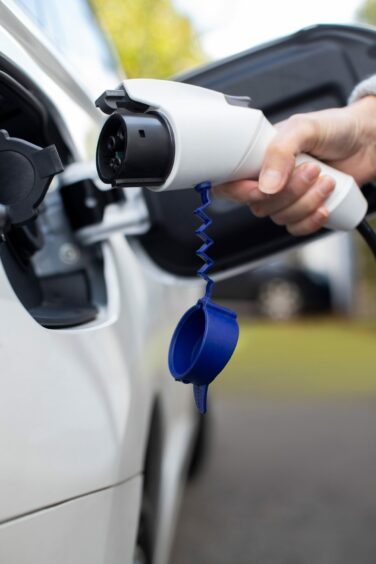
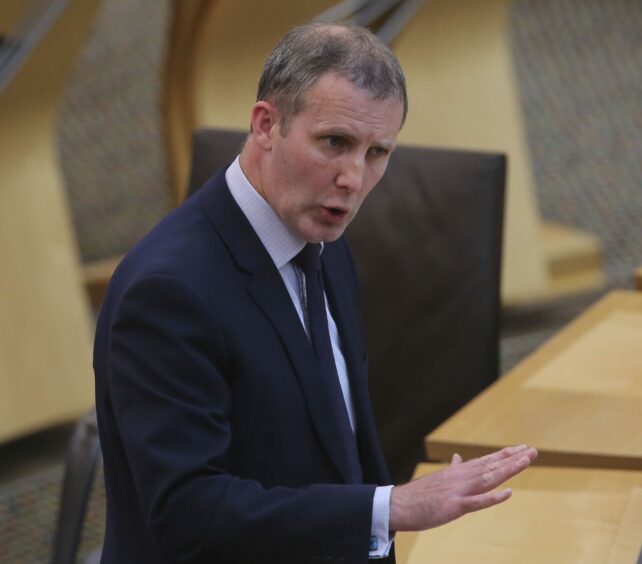
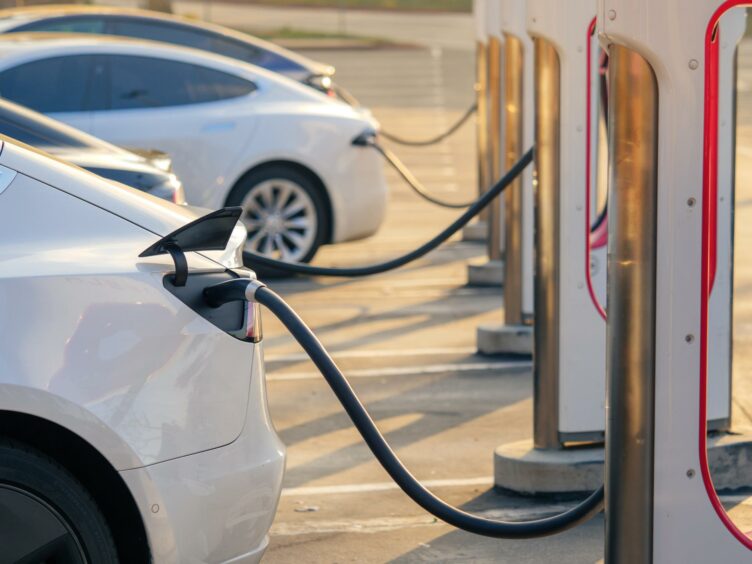
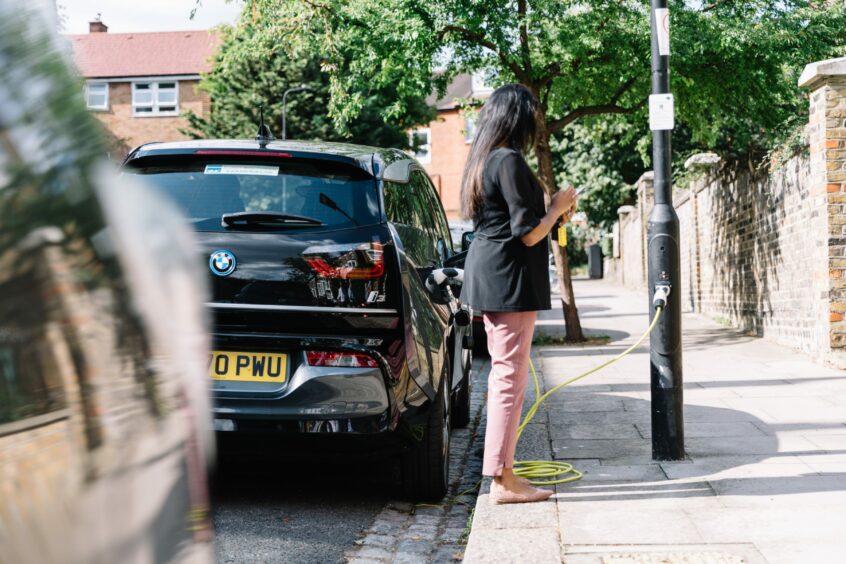
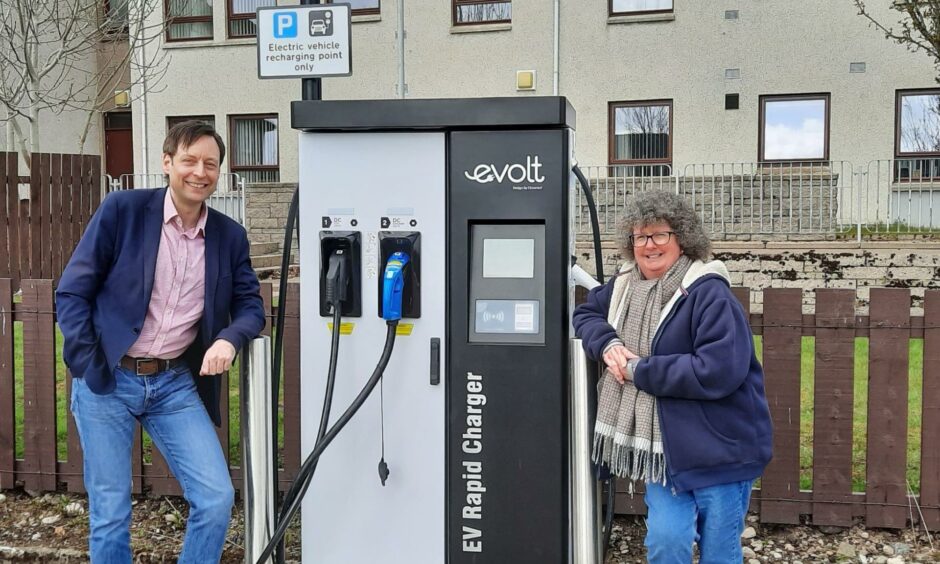
Conversation